Explore the vibrant culture, historic sites, and stunning landscapes of Kathmandu with Tweet Tours.
Nestled in the Himalayan foothills, Kathmandu, the vibrant capital of Nepal, is a mesmerizing blend of ancient heritage and lively culture. This city, home to iconic UNESCO sites like the Swayambhunath Stupa and the bustling Thamel district, seamlessly merges spiritual depth with cultural richness. Whether you're exploring sacred temples or savoring local Newari cuisine, Kathmandu promises a unique journey through the heart of Nepal's traditions. Join us at Tweet Tours as we uncover the many facets of this enchanting city.
Nepal
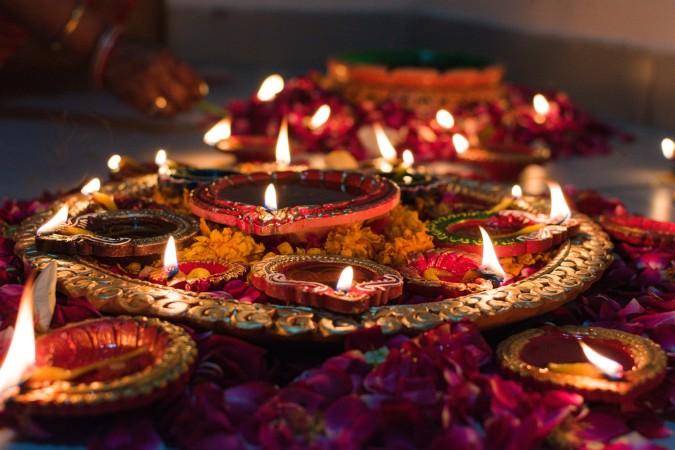
Kathmandu – The Origin of the Ancient City
Under the Foothills of the Great Himalayas
Situated in a bowl-shaped valley in Nepal's central region, Kathmandu is surrounded by the majestic Himalayan foothills. This strategic location makes it a gateway to the region’s renowned trekking routes and provides a temperate climate, heavily influenced by the monsoon season. The valley's fertile land and the sacred Bagmati River enhance its importance as both a cultural and economic hub.
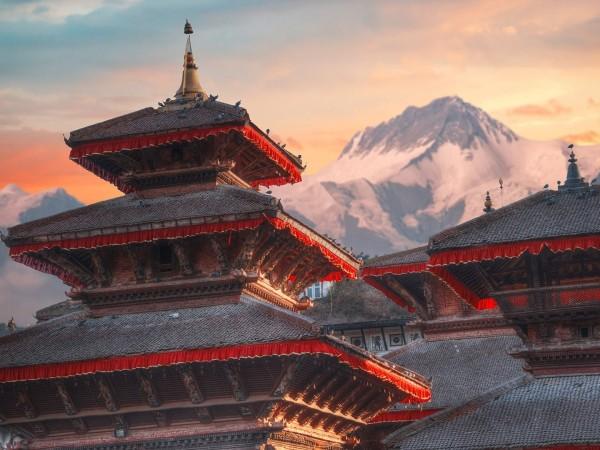
Ancient History Woven with Cultural Richness
Kathmandu's history is a rich tapestry woven over centuries of dynastic changes, trade, and spiritual significance. It began as a key point on the ancient trade route between India and Tibet, leading to a cultural synthesis that defines the city today.
From the 12th century Malla dynasty to the later Shah dynasty, which unified Nepal, Kathmandu has always been a seat of power. Historical landmarks like the Durbar Squares and centuries-old temples testify to its storied past and its recognition as a UNESCO World Heritage Site underscores its global cultural importance.
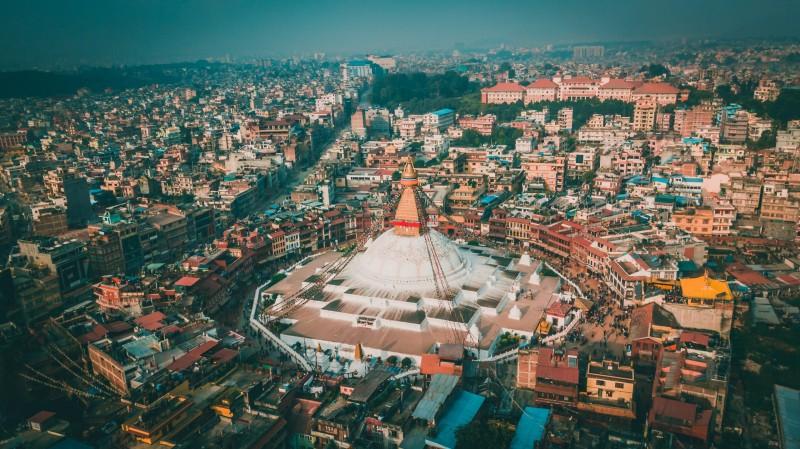
Kathmandu – Where Tradition Still Lingers
Architectural Landmarks
Kathmandu is celebrated for its architectural landmarks that encapsulate the essence of Nepali culture and spirituality. The Swayambhunath and Boudhanath stupas stand as monumental sites of Buddhist worship, renowned for their grand spherical domes and the all-seeing eyes of Buddha, symbolizing awareness. These stupas not only serve religious functions but also act as social gathering spots during festivals.
The Pashupatinath Temple, the pinnacle of Hindu devotion and architectural design, attracts thousands of pilgrims each year. This extensive temple complex along the Bagmati River features intricate carvings and numerous shrines, vital for Hindu rituals and ceremonies.
Additionally, the Durbar Squares of Patan and Bhaktapur, with their royal palaces and public spaces, display the refined Newar architecture characterized by finely carved wooden windows and pagoda structures. These squares are central stages for civic life and celebrations, firmly embedding themselves in the social and cultural landscape of Kathmandu.
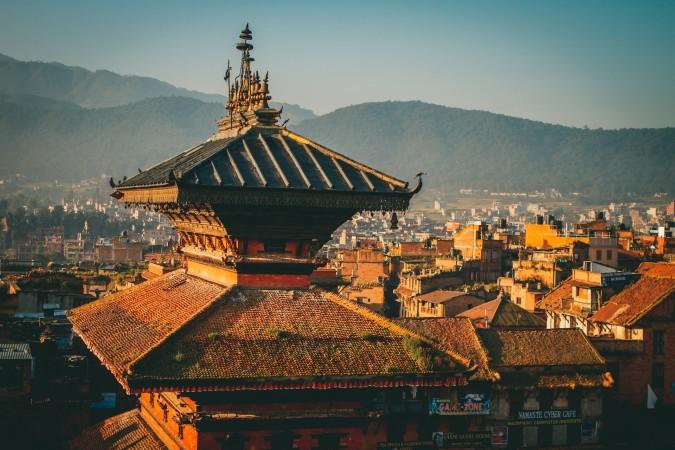
Traditional Festivals and Events
Kathmandu’s festivals and events are vibrant expressions of its cultural and spiritual life, attracting both locals and visitors. These festivals, deeply rooted in history and religious significance, not only celebrate myths and seasonal changes but also foster community unity and cultural continuity.
Indra Jatra Festival: Held in honor of Lord Indra, the god of rain, this festival marks the end of the monsoon season. It features the Kumari Jatra, a procession of the living goddess Kumari, celebrated with masked dances and music in Kathmandu Durbar Square.
Dashain Festival: Nepal’s longest and most significant festival spans 15 days and venerates the goddess Durga. Families reunite, and homes are adorned with decorations and offerings. The festival culminates in the exchange of blessings and gifts among family members, reinforcing social bonds.
Tihar Festival: Also known as the Festival of Lights, Tihar follows Dashain and spans five days. People honor animals like crows, dogs, and cows, and Laxmi, the goddess of wealth. Houses are illuminated with oil lamps, and evenings are filled with songs and dances, symbolizing the victory of light over darkness.
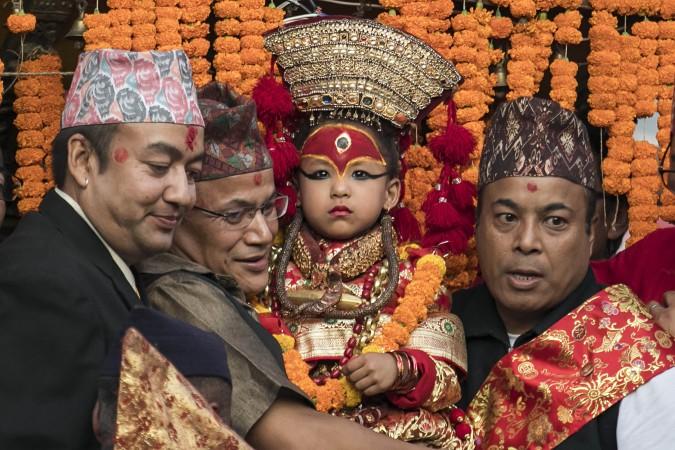
Arts and Crafts
Kathmandu’s arts and crafts are a vibrant testament to its rich cultural heritage, reflecting centuries of skill and tradition. The city is renowned for its Thanka paintings, intricate Buddhist artworks that serve both as meditation tools and decorative pieces. These paintings, characterized by their detailed depictions of deities and spiritual symbols, are created with precision and patience, often taking months to complete.
Handicrafts in Kathmandu also include carved wooden sculptures and metalwork, found in local markets such as those in Patan. These crafts are not merely products; they are embodiments of traditional Newar craftsmanship, passed down through generations. Each item conveys a tale about cultural identity and craft legacy.
The contemporary art scene in Kathmandu is equally dynamic, with numerous art galleries showcasing works by modern Nepali artists. These spaces not only display modern interpretations of traditional themes but also provide a platform for dialogue and innovation in Nepali art. Together, these elements of traditional and contemporary arts maintain the cultural dialogue within Kathmandu, connecting past craftsmanship with present creativity.
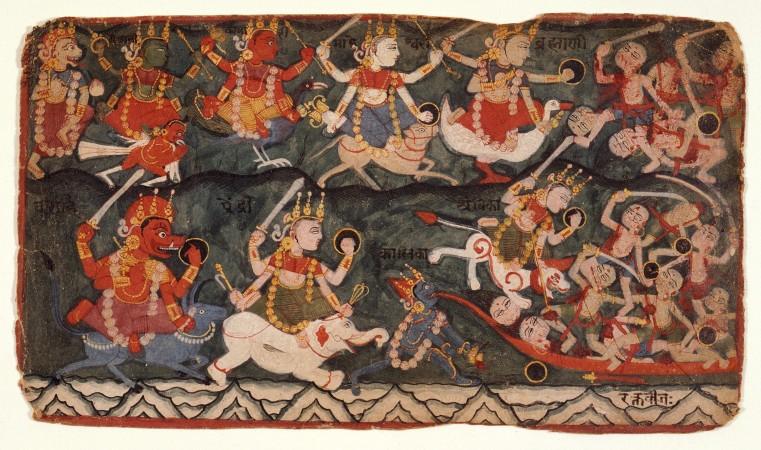
Best Time to Travel to Kathmandu
The ideal time to visit Kathmandu is in the fall, from October to November. During this period, the weather is clear and dry, offering excellent visibility and pleasant temperatures ideal for exploring the city’s landmarks and engaging in outdoor activities. This season also coincides with several major festivals, including Dashain and Tihar, providing visitors with a unique opportunity to experience Nepal's vibrant cultural celebrations.
Additionally, autumn is perfect for trekking in the surrounding Himalayan regions, making it a prime time for adventurers seeking to explore the natural beauty of Nepal.
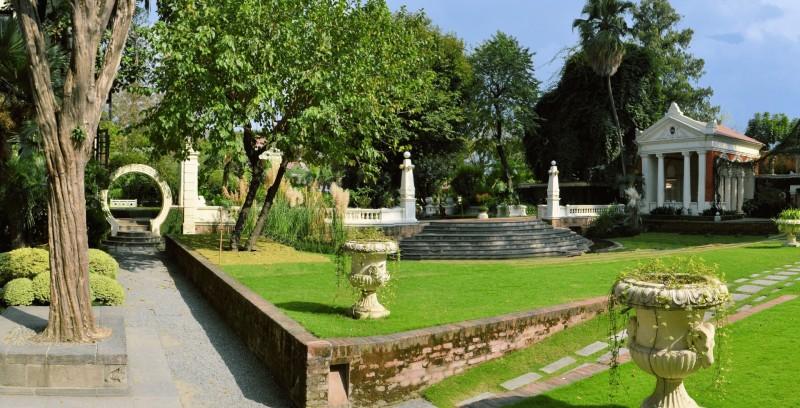
Best Places to Visit in Kathmandu
Kathmandu, as the gateway to Nepal's myriad attractions, boasts several must-visit sites that draw both cultural enthusiasts and spiritual seekers. These sites are integral to Kathmandu's identity, offering a blend of spiritual sanctity, historical depth, and natural beauty.
Swayambhunath Stupa: The Monkey Temple
Perched high above the Kathmandu Valley, Swayambhunath Stupa, commonly known as the "Monkey Temple," is a beacon of both Buddhist and Hindu spirituality. This iconic stupa, with its white dome and golden spire adorned with the all-seeing eyes of Buddha, overlooks the city, providing a panoramic view that stretches across the valley. Surrounded by a lush forest inhabited by playful monkeys, Swayambhunath exudes an aura of serenity and mysticism.
The stupa's origins trace back to ancient times, with legends suggesting its establishment over 2,000 years ago. It is believed that the valley was once a vast lake, and the hill upon which Swayambhunath stands emerged as the waters receded, revealing a lotus flower at its peak. This sacred site has survived the ravages of time, including the devastating 2015 earthquake, which left it largely unscathed—a testament to its enduring significance.
Visitors are drawn not only to the spiritual atmosphere but also to the vibrant religious practices that take place here. The stupa's base is circled by pilgrims spinning prayer wheels, offering a mesmerizing chant of "Om Mani Padme Hum," a mantra that resonates deeply within the hearts of those who visit. The experience is profoundly moving, offering a glimpse into the spiritual fabric that weaves together the lives of Kathmandu's residents.
Boudhanath Stupa: A Pilgrimage of Peace
Boudhanath Stupa stands as one of the largest and most important Buddhist pilgrimage sites in Nepal. Its massive white dome and golden spire, crowned with the eyes of Buddha, create a striking silhouette against the sky. The stupa's grand mandala structure is both a symbolic representation of the universe and a peaceful retreat from the city's bustle.
The history of Boudhanath is steeped in legend and religious significance. It is said that the stupa was built during the 5th century AD by the Tibetan king Songtsen Gampo after he converted to Buddhism. Over the centuries, it has become a focal point for Tibetan refugees who fled to Nepal, turning the area around the stupa into a thriving community of Tibetan Buddhists.
Walking around the stupa, you'll encounter an array of shops selling Tibetan artifacts, thangka paintings, and prayer flags. The air is thick with the scent of incense and the sound of monks chanting, creating an atmosphere of profound tranquility. Every evening, the stupa is illuminated with butter lamps, casting a golden glow that enhances its serene and sacred ambiance. It is a place where visitors can immerse themselves in the spiritual traditions that have shaped the cultural landscape of Kathmandu.
Pashupatinath Temple: A Journey of Devotion
On the banks of the Bagmati River, Pashupatinath Temple stands as Nepal's most sacred Hindu site, dedicated to Lord Shiva. This sprawling temple complex is a magnet for Hindu devotees, especially during the Maha Shivaratri festival, which attracts thousands of pilgrims who come to pay homage to the deity.
The history of Pashupatinath is rich with myth and legend. It is believed that Shiva once took the form of a deer and lived in the forests of Kathmandu. When the other gods finally caught him, he transformed back into his divine form, leaving behind a phallic symbol, or lingam, which is now housed within the main temple. The complex, a UNESCO World Heritage Site, dates back to the 5th century, although the current structures are more recent.
Non-Hindus are not permitted inside the main temple, but the surrounding area offers plenty to explore. The temple grounds are dotted with smaller shrines and lingams, and the ghats (steps leading down to the river) are where cremation ceremonies take place. Witnessing these rituals can be a profound experience, offering insight into the Hindu beliefs about life, death, and rebirth. The atmosphere is one of reverence and devotion, providing a stark contrast to the often chaotic streets of Kathmandu.
Patan Museum: A Treasure Trove of Art
Located in the heart of Patan, one of the three ancient royal cities in the Kathmandu Valley, the Patan Museum is a testament to the region's rich artistic heritage. Housed in a former palace of the Malla kings, the museum's red-brick facade and intricately carved windows are works of art in themselves.
The museum boasts one of Asia's finest collections of religious art, with exhibits that span several centuries. Each piece, from delicate bronze statues to intricately carved wooden artifacts, tells a story of the cultural and spiritual evolution of the Kathmandu Valley. The museum is organized in a way that not only showcases the beauty of these objects but also educates visitors about their historical and religious significance.
One of the highlights is the collection of thangka paintings, traditional Tibetan Buddhist scroll paintings that are both meditative aids and stunning pieces of art. These paintings are characterized by their intricate details and vibrant colors, often depicting complex spiritual scenes and deities.
Walking through the museum, you get a sense of the craftsmanship and devotion that went into creating each piece. The exhibits are complemented by informative displays that explain the context and symbolism, making it an enriching experience for visitors of all backgrounds. The Patan Museum is not just a repository of artifacts; it is a living testament to the artistic and spiritual heritage of Kathmandu.
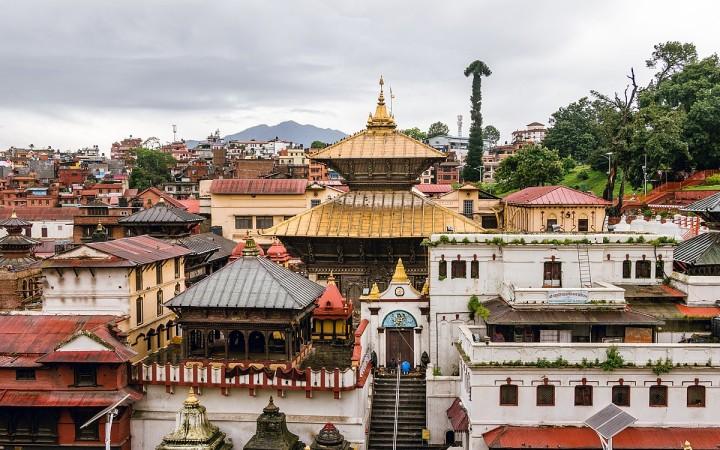
Activities Visitors Can Participate in Kathmandu
Kathmandu offers a range of activities that immerse tourists in its rich cultural tapestry and stunning natural landscapes. These activities not only cater to diverse interests but also foster deeper connections with the heritage and natural beauty of Kathmandu, making each visit a rich, engaging experience. Let’s delve into some of the most captivating aspects that make Kathmandu a must-visit destination.
>>>Planning your Kathmandu exploration trip with Tweet Tours as we guide you through all must-experience places and activities in the capital of Nepal.
Temple Tours: A Spiritual Journey Through Time
Swayambhunath Stupa:
Imagine standing atop a hill, with the panoramic view of Kathmandu Valley stretching out before you, as prayer flags flutter in the wind like colorful whispers of ancient prayers. This is the experience awaiting you at Swayambhunath Stupa, affectionately known as the "Monkey Temple." This sacred site, adorned with the all-seeing eyes of Buddha, is not just a place of worship but a mosaic of spirituality and serenity. The stupa’s golden spire glistens under the sun, while the scent of incense fills the air, mingling with the gentle hum of monks chanting. As you walk around the stupa, spinning the prayer wheels, you can feel the ancient energy that has drawn pilgrims here for centuries.
Pashupatinath Temple:
Venture to the banks of the holy Bagmati River, and you’ll find the awe-inspiring Pashupatinath Temple, a UNESCO World Heritage Site and one of the most sacred Hindu temples in the world. The temple complex, with its intricate wood carvings and pagoda-style architecture, is a testament to the devotion and craftsmanship of generations. The air is thick with the aroma of marigold garlands and the faint smoke from ritual fires. Witnessing the daily rituals and ceremonies, you can sense the profound connection between the living and the divine. The temple grounds are alive with activity, from sadhus (holy men) painted in vibrant colors to families performing rites of passage, all contributing to the temple's timeless rhythm.
Heritage Walks: Stepping Back in Time
Patan and Bhaktapur Durbar Squares:
Strolling through Patan and Bhaktapur Durbar Squares is like stepping into a living museum where history and culture converge in a dazzling display of Newar artistry. In Patan, marvel at the ancient royal palace, with its exquisitely carved windows and doors, telling tales of a bygone era. The square is a hub of activity, with artisans crafting pottery and intricate metalwork, continuing traditions that have been passed down for centuries.
Bhaktapur, with its well-preserved medieval architecture, offers a quieter, more intimate glimpse into the past. The scent of fresh clay from the pottery square and the sound of temple bells create an immersive sensory experience. Here, you can explore hidden courtyards and narrow alleyways, each corner revealing a new facet of Newar culture. The towering Nyatapola Temple, with its five tiers, stands as a testament to the city’s architectural prowess and spiritual depth.
Culinary Experiences: A Feast for the Senses
Traditional Nepali Cuisine:
Embark on a culinary journey through Kathmandu’s bustling eateries, where each dish is a symphony of flavors. Nestled in a cozy restaurant in Thamel, you’re served a steaming plate of momos, Nepal’s beloved dumplings. Each bite-sized piece is filled with a savory blend of spiced meat or vegetables, meticulously steamed to perfection. The accompanying tangy tomato chutney bursts with flavor, creating a dance of spices on your palate. The combination of the warm, tender momos and the vibrant, spicy chutney offers a meal that is both comforting and soul-satisfying.
No culinary exploration would be complete without tasting dal bhat, the staple of Nepali cuisine. This hearty dish, consisting of lentil soup, rice, and a variety of side dishes, is a celebration of local produce and spices. Each spoonful offers a blend of textures and flavors, from the earthy richness of the lentils to the tangy pickles and the crisp bite of fresh vegetables. For those keen to take a piece of Nepal home, cooking classes offer a hands-on experience, allowing you to master the art of Nepalese cooking.
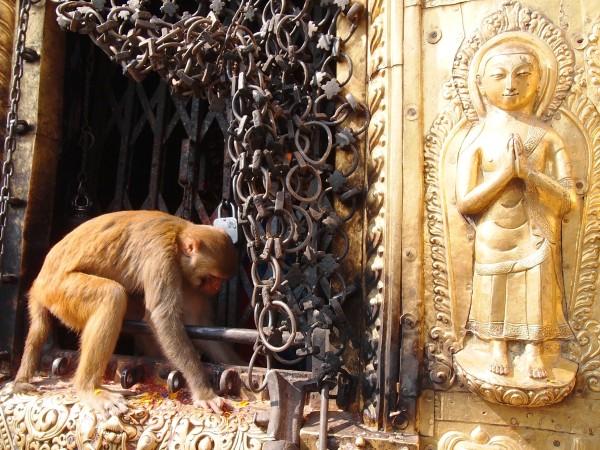
Market Visits: The Heartbeat of Kathmandu
Asan Market:
Dive into the vibrant chaos of Asan Market, where the essence of Kathmandu's daily life unfolds in a riot of colors and sounds. The market’s narrow lanes are lined with stalls overflowing with spices, textiles, and fresh produce. The air is thick with the aroma of cumin, turmeric, and coriander, mingling with the sweet scent of ripe mangoes and the earthy fragrance of freshly cut flowers. Vendors call out their wares, adding to the lively symphony of the market. Navigating through the bustling crowd, you can feel the pulse of the city, its energy infectious and invigorating. Asan Market is not just a place to shop; it’s a cultural experience, offering a glimpse into the everyday lives of Kathmandu’s residents.
Nature Excursions: Embracing the Great Outdoors
Nagarkot:
Just a short drive from Kathmandu, Nagarkot offers a serene escape into nature, with its breathtaking views of the Himalayas. Imagine waking up early to watch the sunrise, as the first rays of light illuminate the snow-capped peaks, painting the sky in hues of pink and gold. The crisp mountain air fills your lungs as you embark on a day hike, the trail winding through lush forests and terraced fields. Each step brings a new perspective, from the vibrant green valleys below to the majestic mountains above. Nagarkot is a haven for nature lovers and adventurers alike, offering a perfect blend of tranquility and exhilaration.
Cultural Festivals: Celebrating Life’s Rhythms
Indra Jatra Festival:
Experience the vibrancy of Kathmandu's cultural festivals, starting with Indra Jatra, a spectacular celebration marking the end of the monsoon season. The streets come alive with processions, masked dances, and music, transforming the city into a living theater. The highlight is the Kumari Jatra, where the living goddess Kumari is paraded through the streets, her presence believed to bring blessings and protection. The festival is a sensory extravaganza, with the rhythmic beat of drums, the colorful costumes of the dancers, and the sweet smell of incense filling the air. Indra Jatra is not just a festival; it's a celebration of Kathmandu's rich heritage and the resilience of its people.
Tihar Festival:
Following closely is Tihar, the Festival of Lights, which illuminates the city in a warm, golden glow. Over five days, Kathmandu celebrates with rituals that honor animals, gods, and ancestors. Houses are decorated with oil lamps, candles, and vibrant rangoli (artistic patterns made with colored powders), creating a magical atmosphere. The evenings are filled with song and dance, as families gather to celebrate the triumph of light over darkness. The festival’s climax is the worship of Laxmi, the goddess of wealth, where homes are adorned with flowers and offerings, inviting prosperity and happiness. Tihar is a beautiful reminder of the interconnectedness of life, light, and love.
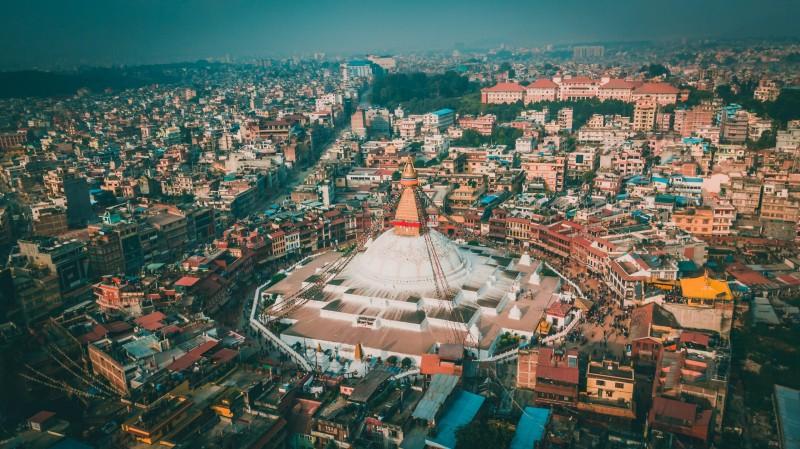
Practical Information for First-Time Visitors to Kathmandu
Travel Tips
The best times to visit are spring (March to May) and autumn (October to November) for clear skies and festival seasons.
Use local transportation like buses and taxis for an authentic experience, but always negotiate the fare beforehand.
Prepare legal documents, including trekking or hiking permits, as per the requirements of the Nepali government.
Accommodations
Kathmandu offers a range of options, from budget hostels in the Thamel district to luxury hotels. It is recommended to book in advance, especially during busy tourist seasons. Contact our Call Center to plan your trip with the most suitable accommodation to your liking and grab some special offers for your travel.
Health and Safety
Visitors should take precautions against altitude sickness if trekking in higher regions.
Drink only bottled or purified water and ensure food is thoroughly cooked to avoid health issues.
Common safety measures include securing valuables and being cautious in crowded areas.
Local Customs
Before visiting the temples, please dress modestly and remove your shoes.
Always ask for permission before taking photographs, particularly of people and sacred sites.
Connectivity
Wi-Fi is readily available at hotels, cafés, and restaurants.
Local SIM cards can be purchased for mobile data, ensuring connectivity throughout your stay.
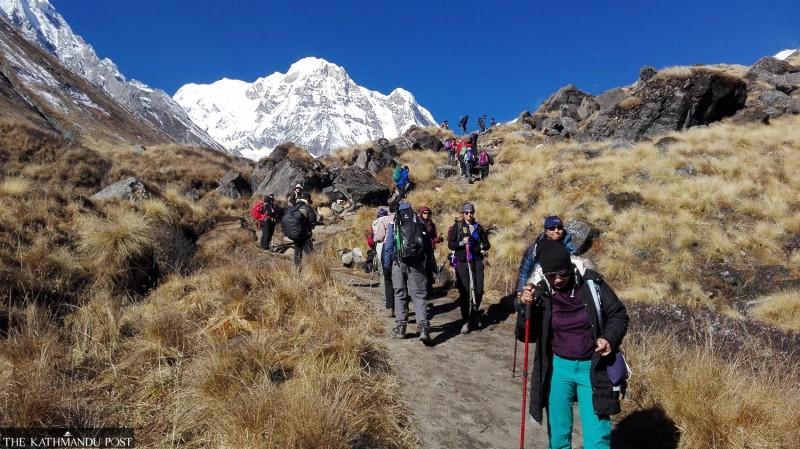
Conclusion
Kathmandu, with its blend of ancient traditions, rich cultural tapestry, and breathtaking natural beauty, offers an unparalleled journey into the heart of Nepal. From the spiritual serenity of its storied temples to the vibrant chaos of its local festivals, the city invites visitors to immerse themselves in a deep cultural experience.
Whether you are exploring the architectural marvels, sampling the unique flavors of its cuisine, or venturing into the surrounding Himalayas, Kathmandu provides a profound connection to the past and a vibrant present. This city is not just a destination; it is a gateway to understanding and appreciating the enduring spirit and heritage of Nepal.
Travel with Tweet Tours, and let us guide you through an unforgettable exploration of Kathmandu’s rich offerings. Our expertly crafted itineraries ensure you experience the best of what this magnificent city has to offer. From guided tours of historical landmarks to immersive cultural experiences and thrilling outdoor adventures, Tweet Tours provides a comprehensive journey through Kathmandu’s heart and soul.
Kathmandu awaits you with open arms and a wealth of experiences that will leave you enchanted and inspired. Discover the magic of this ancient city with Tweet Tours and create memories that will last a lifetime.
Articles for you

Experience Aboard The RV Indochine II - A Mekong Cruise With Tweet World Travel
The RV Indochine II is a luxury river cruise ship, offering an unforgettable journey through many attractions along the Mekong River. Built in 2017, this upscale vessel combines colonial elegance with modern conveniences to create a comfortable yet stylish environment for its crew and passengers. The ship’s intimate size makes it ideal for those seeking a more personal cruising experience while exploring Vietnam and Cambodia rich culture, scenery, and heritage. Whether you're gazing at the landscape from your private balcony or enjoying authentic local cuisine, RV Indochine II promises an exotic adventure like no other.

Witness Stilt Fishing In Sri Lanka: An Eco-Tourism Experience
Sri Lanka, renowned for its stunning beaches and rich cultural heritage, harbors a unique tradition that has captivated travelers for centuries: stilt fishing. This ancient practice, passed down through generations of coastal communities, blends artistry with necessity, offering a glimpse into a way of life intimately connected to the island's coastal rhythms. Stilt fishing in Sri Lanka isn't merely a means to catch fish; it's a cultural emblem, embodying the resilience and ingenuity of Sri Lanka's fishing communities.

Make Your Trip Stress-Free With The Tweet Trip App
Embark on your next adventure with confidence by downloading the Tweet Trip App, available for both iOS and Android. This essential travel companion allows you to view your detailed itinerary, stay connected with your tour guide and fellow travelers, receive real-time updates, and provide feedback effortlessly. With features like in-app messaging, emergency assistance, and location sharing, the Tweet Trip App ensures you travel smarter, stay connected, and enjoy a seamless, worry-free journey. Get started today and make the most of your travel experience with Tweet World Travel.

Pedal Through Paradise: Unveiling Cambodia's Hidden Gems on Two Wheels
The gentle whir of bicycle wheels mingles with the distant chants of monks as you glide past emerald rice paddies stretching to the horizon. This is Cambodia - a sensory explosion waiting to be experienced on two wheels. At Tweet Tours, we believe there's no better way to immerse yourself in the Kingdom of Wonder than by bicycle.
Cambodia isn't just a destination; it's a living, breathing tapestry of ancient wonders, natural beauty, and vibrant culture. Our carefully crafted cycling tours take you beyond the typical tourist haunts, offering a unique perspective on this captivating country. Ready to clip in and discover the magic of Cambodia? Let's ride!

Trekking in the Himalayas: A Journey Through Nepal's Majestic Peaks
The Himalayas rise from the earth like colossal guardians, their snow-capped peaks piercing the sky in a display of nature's raw power and beauty. Nepal, nestled at the heart of this mountain range, serves as the gateway to some of the most breathtaking trekking experiences on the planet. Here, the air is crisp and thin, filled with the promise of adventure and the whispers of ancient tales.
With Tweet Tours, as you set foot on these hallowed trails, you're not just a traveler - you're a modern-day explorer, following in the footsteps of legendary mountaineers and age-old traders. Each step takes you further into a world where nature reigns supreme and human resilience is tested against the backdrop of some of the world's highest peaks.
From the moment your boots touch the ground in Kathmandu, you'll feel the pull of the mountains. The bustling streets of the capital, with their sensory overload of sights, sounds, and smells, soon give way to serene mountain paths where the only soundtrack is the crunch of gravel underfoot and the distant tinkling of yak bells.

Exploring Mui Ne's Wonders: Unique Attractions & Local Dishes
Nestled along the southeastern coast of Vietnam, Mui Ne emerges as a captivating gem, blending natural wonders with cultural richness. Renowned for its stunning landscapes and unique attractions, Mui Ne beckons travelers seeking both relaxation and adventure in equal measure. Mui Ne's renowned beach dunes, bustling fishing towns, and excellent local food await exploration at every turn.
The allure of Mui Ne lies not only in its pristine beaches and crystal-clear waters but also in its diverse range of activities catering to every traveler's whims. Whether you're drawn to thrilling water sports like kitesurfing and windsurfing on its dynamic shores or seeking tranquility amidst the picturesque Fairy Stream, Mui Ne promises an unforgettable journey filled with discovery.
